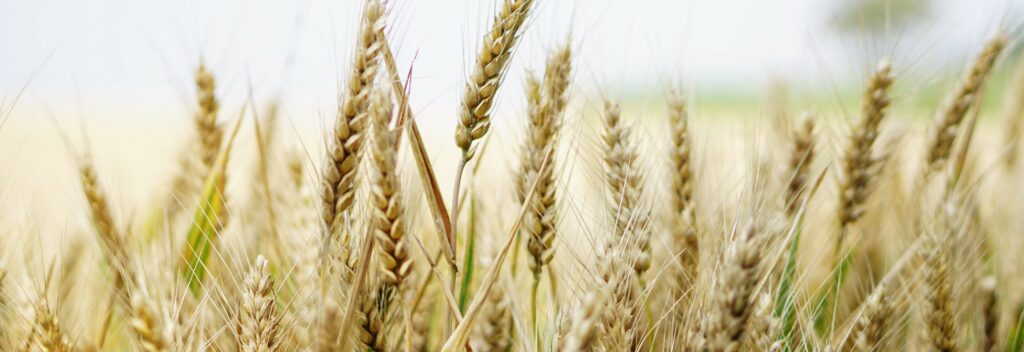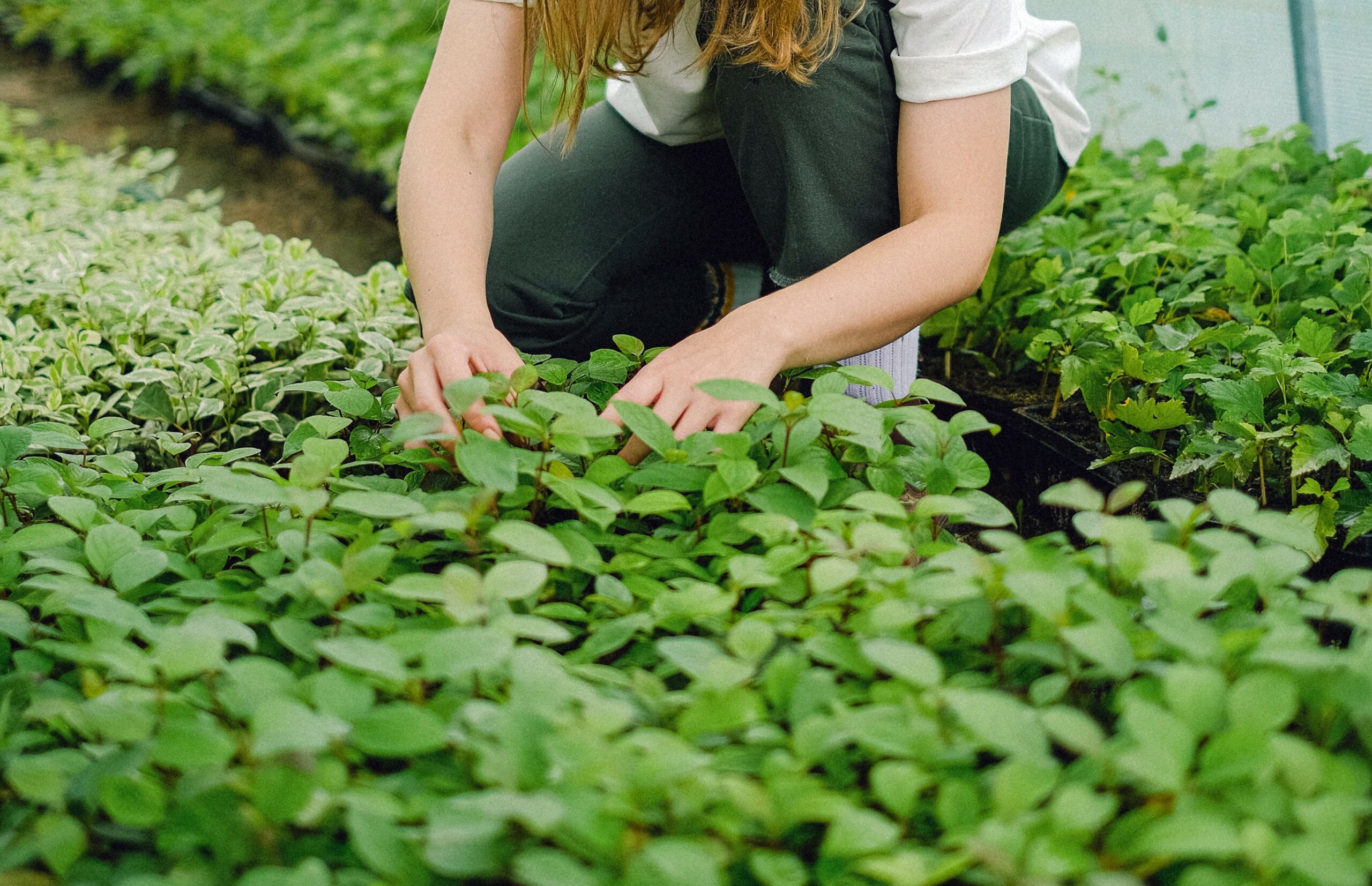Droughts threaten our food production! In the last decade, crop failure due to drought lead to losses of 32 Billion USD in low income countries alone (FAO, https://www.fao.org/resources/digital-reports/disasters-in-agriculture/en/). Climate change will exercabate this crisis, since droughts will become more frequent. We need to adapt farming to ensure harvests and protect global food supply. Besides using water efficient irrigation strategies (as presented in an earlier issue of WaterWednesday), breeding crops to be more drought resistant is a valuable option.

During droughts, plants suffer in multiple ways: due to higher temperatures they loose more water through their leafs. Additionally, root water uptake is also limited because less water is available. Therefore, the plants lose water without gaining any. Also, drought seasons often coincide with the fruiting season, where plants need even more water. These risks are exactly what crop scientists try to mitigate with their plant breeding strategies.

In the breeding process, plants with desirable traits (like drought resistance) are selected and mated. This develops new varieties which have better characteristics like:
- Minimizing water losses: These traits all revolve around lowering transpiration of the leafs. This can be achieved by closing stomata earlier (gates in leafs which control transpiration). Also a smaller leaf area and rolling leafs during heat is also a desirable characteristic as it minimizes the exposed leaf surface.
- Maximising water uptake: Deeper and wider roots give the plant better access to additional water sources
- Shortening the life cycle: Plants with traits leading to shorter growth duration and earlier f ruiting are favourable. This may allow the crops to escape drought seasons

Example: Durum wheat:
Durum (Triticum durum) is a variety of wheat bred in arid regions. Compared to common wheat (Triticum aestivum) its roots are deeper, the leaves smaller and waxier, resulting in higher water uptake and lower transpiration losses. During droughts, common wheat quality deteriorates while Durum maintains its quality.
Crops bred for drought resistant are becoming increasingly important in adapting our agriculture to climate change. If you are interested in more topics related to agriculture and climate change you may consider subscribing to the newsletter and reading past issues regarding that topic:
- 🌾Protecting Harvests Part 1 – Aquaponics 🐟🥬
- 🌾Protecting Harvests Part 2 – Agrivoltaics 🌤🔌🌽
- 🌾Protecting Harvests Part 3 – Water Efficient Irrigation 🚜💧
Sources:
Damages and losses. (o.D.). www.fao.org. https://www.fao.org/resources/digital-reports/disasters-in-agriculture/en/
Management of dryland wheat – W.K. anderson, A. impiglia. (o.D.). Home | Food and Agriculture Organization of the United Nations. https://www.fao.org/3/Y4011E/y4011e0s.htm
Ranjith, Pamirelli & Rao, Madasu. (2021). Breeding for Drought Resistance. 10.5772/intechopen.97276.

Comments are closed